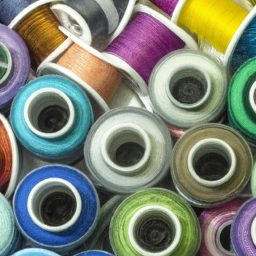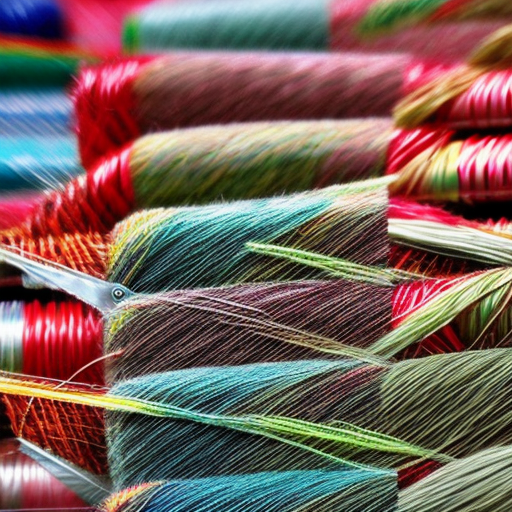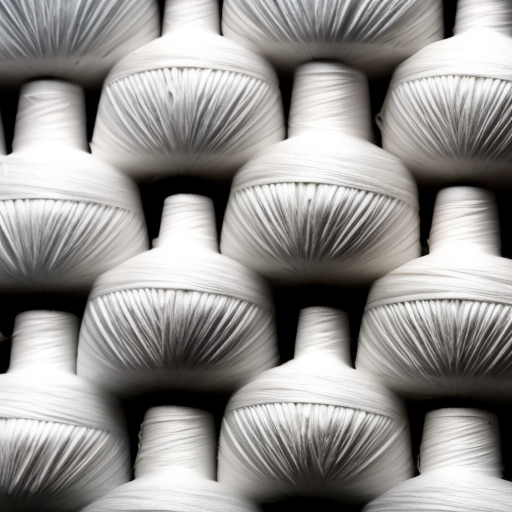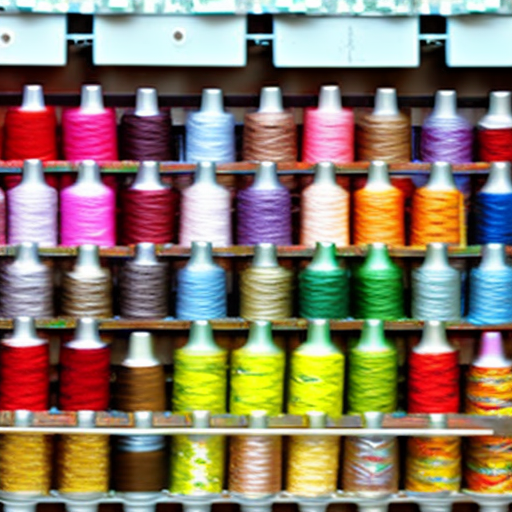
The importance of choosing the right sewing thread cannot be overstated when it comes to achieving high-quality and durable textile products. The thread is an integral component of the sewing process, contributing to the overall strength and longevity of the finished product. Understanding the properties of sewing thread is crucial for any professional or hobbyist involved in sewing. Let’s explore some key properties to consider when selecting the most suitable thread.
Tensile Strength
The tensile strength of a sewing thread refers to its ability to withstand stress without breaking or stretching excessively. Threads with high tensile strength are essential for sewing applications that involve heavy fabrics or those subject to high levels of stress, such as upholstery, denim, or outdoor gear.
Elongation
Elongation is the measure of a thread’s ability to stretch before breaking. Different sewing projects require specific levels of elongation. For instance, stretchy fabrics like spandex or knitwear benefit from threads with good elongation properties to allow for flexibility and prevent stitch breakage.
Abrasion Resistance
Abrasion resistance determines how well a thread can withstand wear and tear. Threads with high abrasion resistance are ideal for heavy-duty applications, where the thread is exposed to friction, such as in furniture upholstery, shoes, or bags.
Colorfastness
In the world of sewing, colorfastness refers to the thread’s ability to retain its color without bleeding or fading when exposed to various environmental factors such as light, chemicals, or washing cycles. Choosing colorfast threads is critical to ensure that the final product maintains its vibrant appearance over time.
Fiber Type
The choice of fiber type also plays an essential role in determining the thread’s properties. Common thread fibers include cotton, polyester, nylon, and silk, each offering distinct characteristics. For instance, cotton threads are natural and lightweight, making them suitable for delicate fabrics, while polyester threads excel in providing strength and durability.
Conclusion
Before embarking on any sewing project, take the time to consider the sewing thread’s properties carefully. By selecting a thread that aligns with the requirements of your project, such as tensile strength, elongation, abrasion resistance, colorfastness, and fiber type, you can enhance the quality, durability, and visual appeal of your final sewn products. Make informed decisions about your sewing thread to ensure successful and satisfying results.





What type of thread will you be using? #sewing #thread
Great question, Theresa! This post will help clarify the best types of thread to use for various projects, based on their properties. #sewing #thread